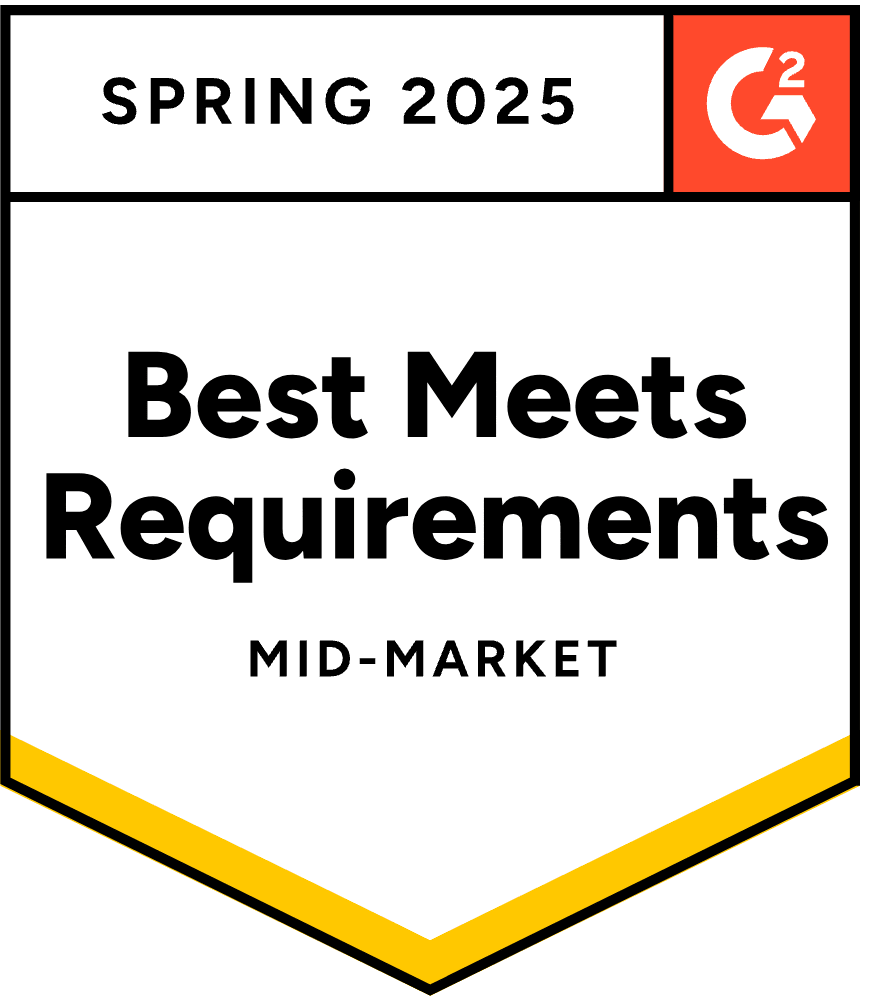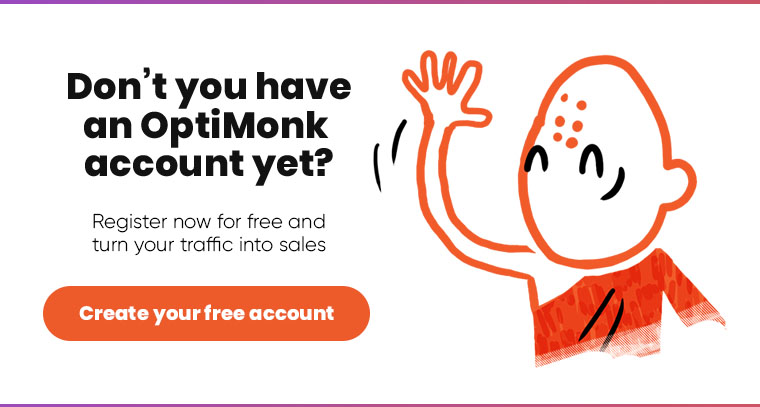- Blog
- An Ecommerce Optimization Guide for 2025
An Ecommerce Optimization Guide for 2025
-
Nikolett Lorincz
- Ecommerce
- 6 min read
Table of Contents
Do you want to maximize your profits and increase sales? Then you need to focus on ecommerce optimization.
Creating a perfect ecommerce website may be an elusive goal, but you can make efforts to get as close as possible.
In this article, we’ll explore 9 essential tips for ecommerce conversion rate optimization, revealing the secrets behind boosting your conversion rate and overall site performance.
Are you ready? Let’s dive right in!
What is ecommerce optimization?
Ecommerce optimization is the process of refining and enhancing various elements of an online store to improve the user experience, boost conversion rates, and increase overall performance to maximize profits.
Ecommerce optimization essentially means that you’re fine-tuning every aspect of your store to create the best possible experience for your potential customers. And when your customers are happy, they’re more likely to make a purchase, which ultimately boosts your sales and profits.
There are many ecommerce optimization strategies that you can try out: from focusing on website design and user experience to optimizing product listing pages and checkout processes.
9 essential tips for ecommerce optimization
Now let’s dive into our step-by-step ecommerce optimization guide and discover the top 9 tips to maximize your profits and give your online store a competitive edge!
1. Boost site speed
Did you know that optimizing your site speed can help your ecommerce business by reducing the bounce rate and increasing conversion rates?
Studies have shown that a slow-loading website can lead to a higher bounce rate, as website visitors simply won’t wait around more than a few seconds for a site to load. And if they do happen to stick around, they’re likely to leave without making a purchase if your site is slow.
Google’s free PageSpeed Insights tool can analyze your ecommerce website and optimize your web pages for speed across all devices.
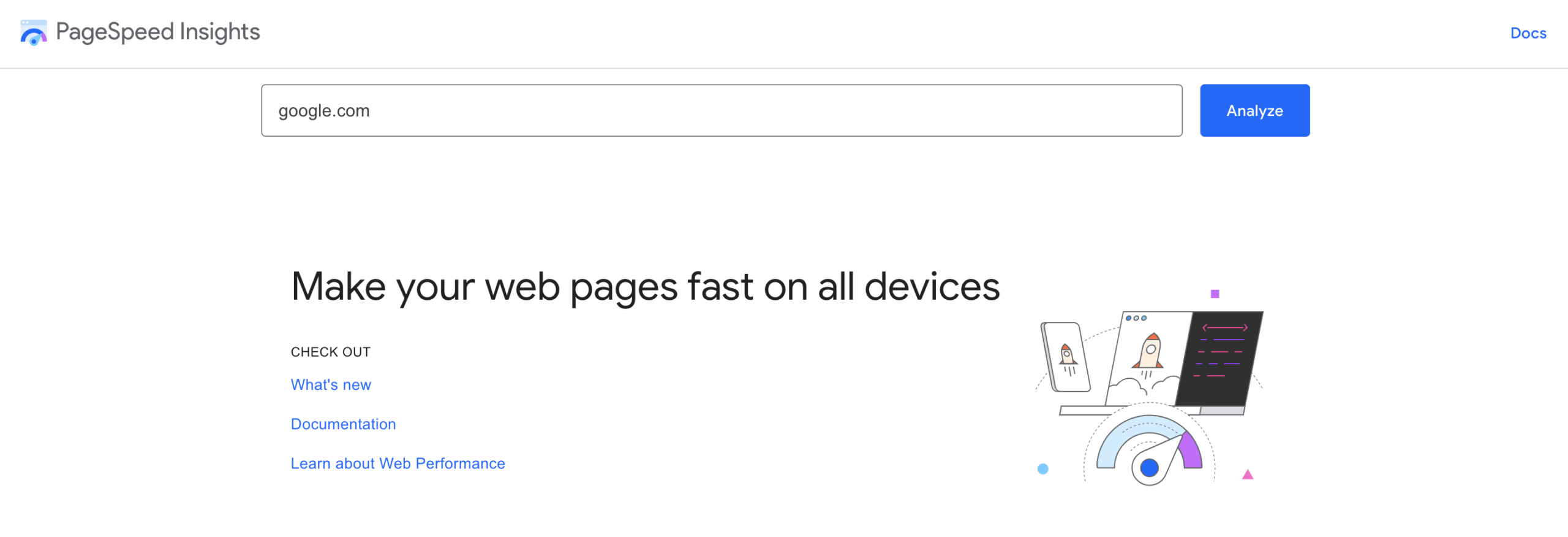
After entering your website URL and clicking the “Analyze” button, the tool provides a score along with numerous suggestions. Implementing these recommendations is crucial for enhancing your site speed.
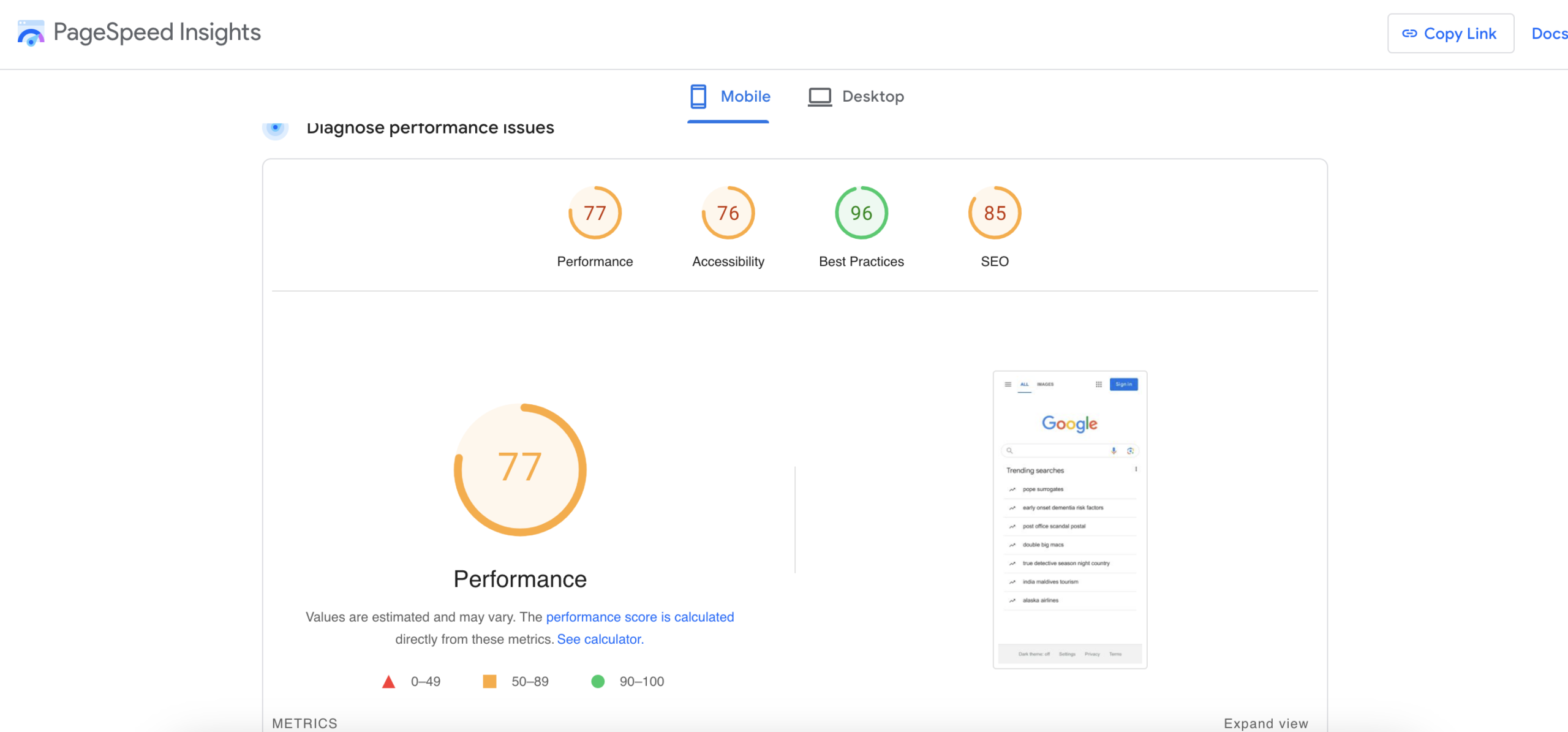
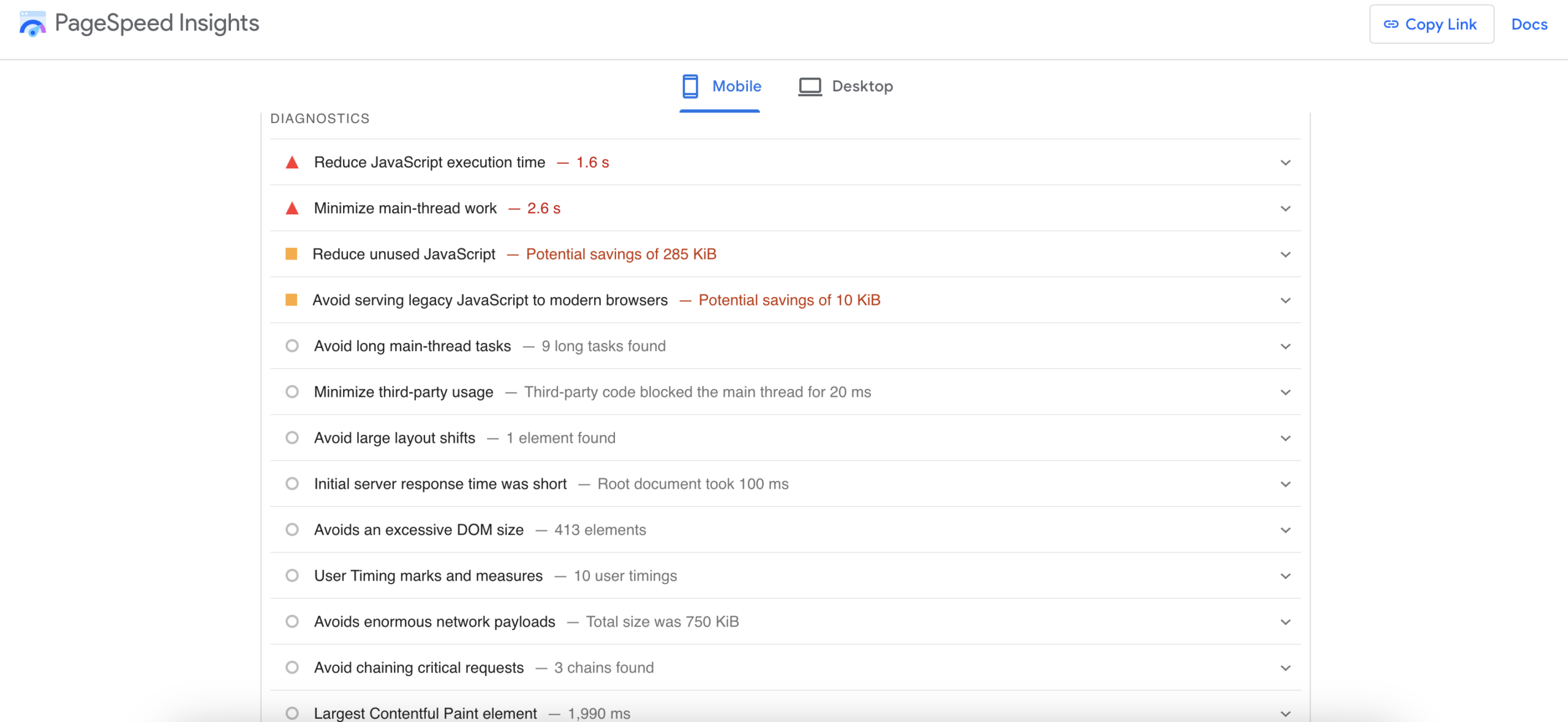
To further ensure optimal website speed, consider:
- Selecting a reliable hosting provider,
- Optimizing images, and
- Eliminating any unnecessary elements.
2. Enhance product pages
High-quality product pages can boost your ecommerce conversions by helping customers feel more confident about their purchase and leading them to the checkout page.
But how can you create effective product pages with a good ecommerce conversion rate?
First, you’ll want to start by conducting a comprehensive audit to make your product pages more search engine-friendly.
Next, craft compelling product descriptions and use a variety of high-quality images to show your product and demonstrate the benefits online shoppers will experience by purchasing from you.
If you’re wondering how important are product descriptions, check out this case study. SolaGarden achieved a 5.3% increase in orders and a 10.9% increase in overall revenue by including a product description and a headline on all product pages.
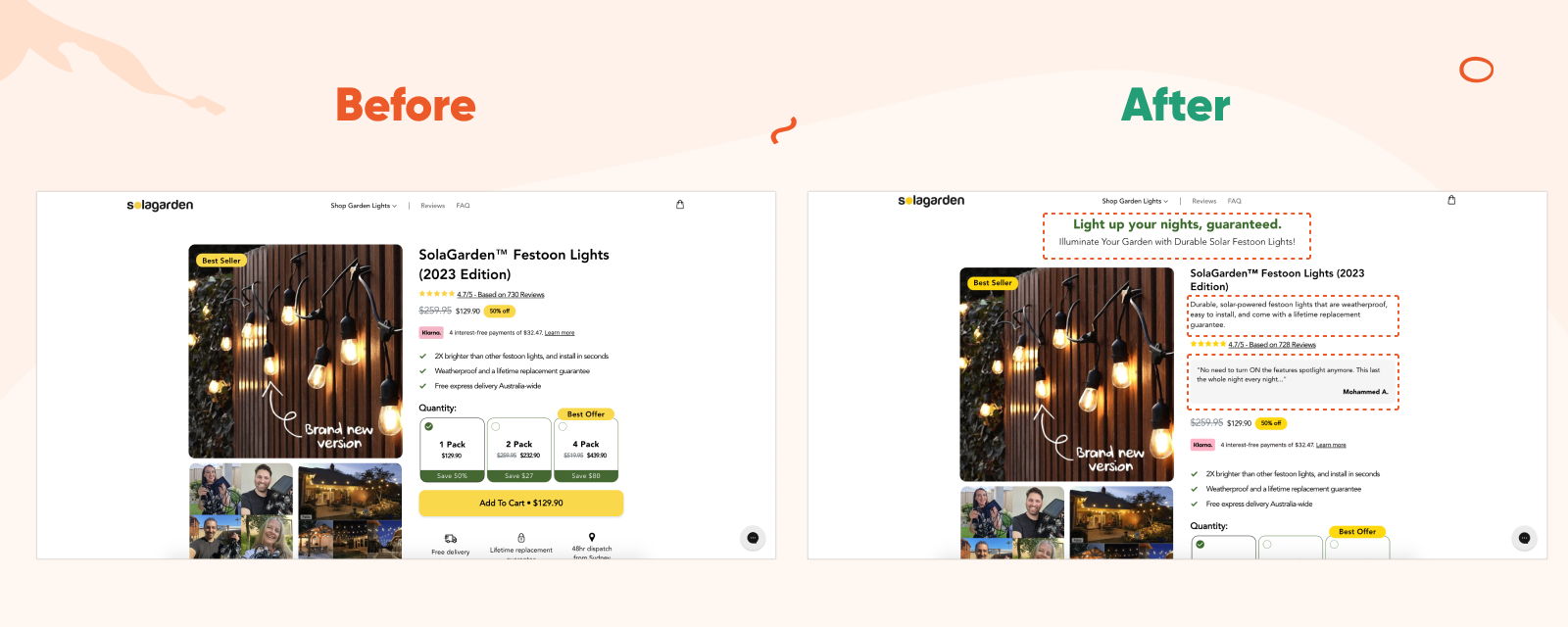
Social proof is another powerful way to boost your product pages.
Here’s a great example from Vegetology, where they featured a testimonial at the top of the product page:
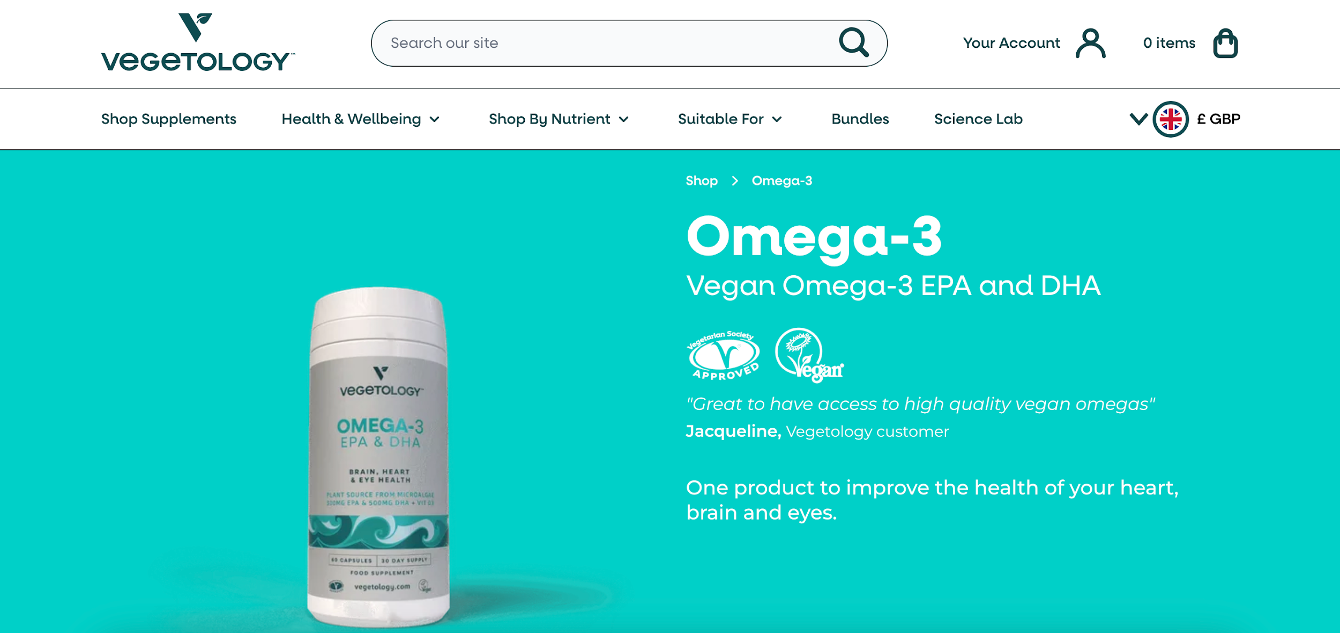
And they also have plenty of reviews at the bottom:
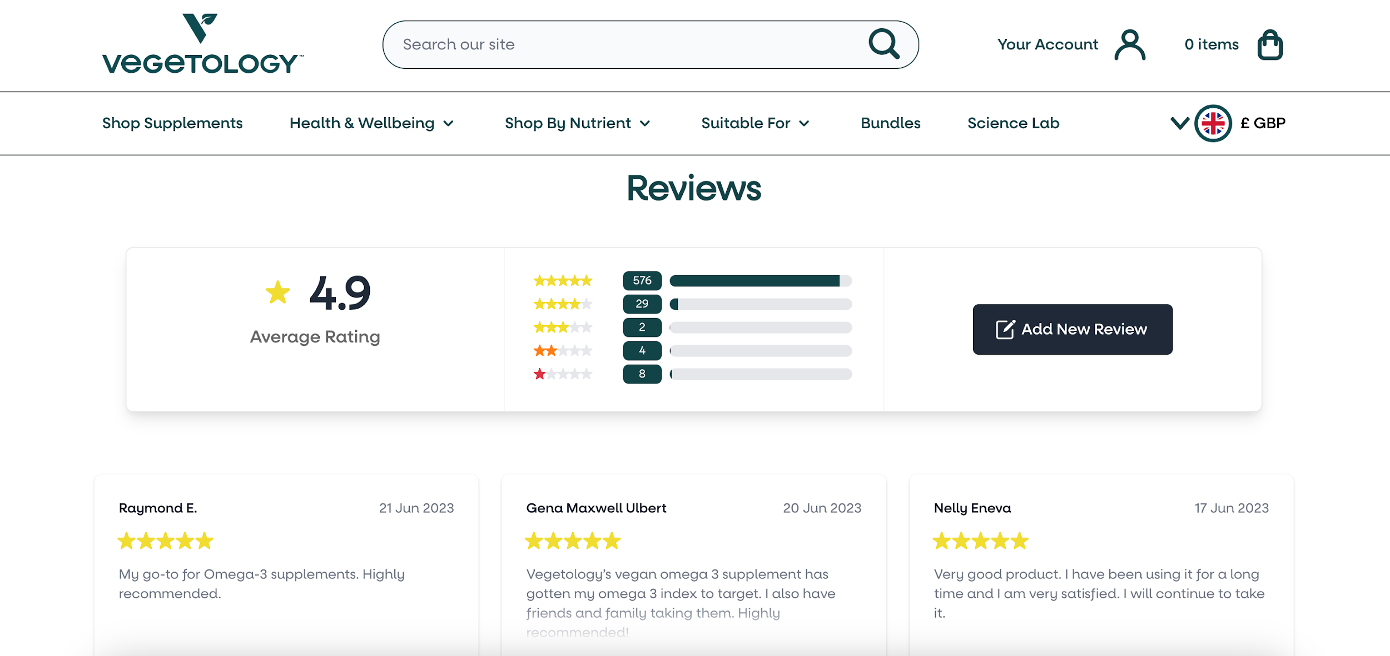
You can either inspire customers to submit reviews and visual content, or you can source images and videos from social media. This will not only enhance your brand credibility, but also encourage customers to trust your product offerings and make a purchase.
Remember, your product pages are the heart of your ecommerce store. By investing time and effort into enhancing them with high-quality images, detailed descriptions, and engaging user-generated content, you’re setting yourself up for success in the competitive world of ecommerce.
Recommended reading: 20 Best Practices To Build a Perfect Ecommerce Product Page
3. Streamline navigation
Navigation is another essential part of ecommerce sites—it’s how site visitors move around your ecommerce store and find the specific product or category they have in mind.
Clear navigation can make it easier for shoppers to locate what they need on your site, leading to more sales and even boosting your search engine ranking.
Utilizing a prominent search bar is a must-have for clear navigation. Amazon’s search bar is a great example of facilitating easy product searches on your website.
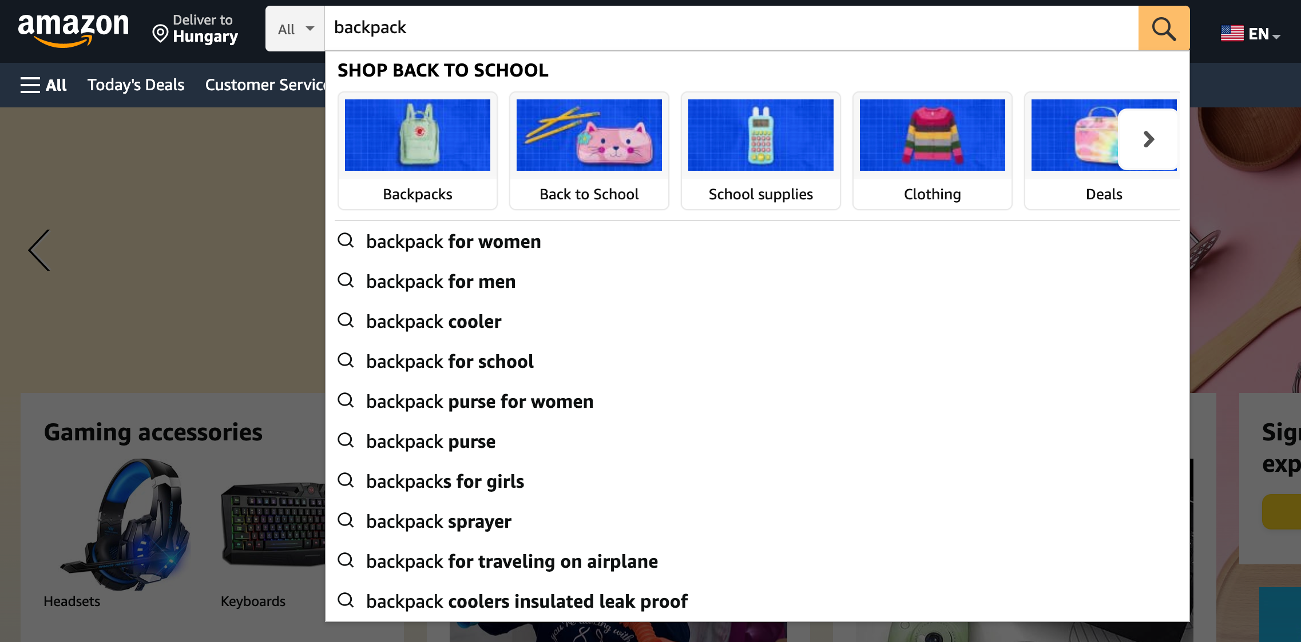
Another key aspect is an effective ecommerce navigation menu that quickly and clearly presents a wide range of product categories.
Check out Sephora’s menu as an example:
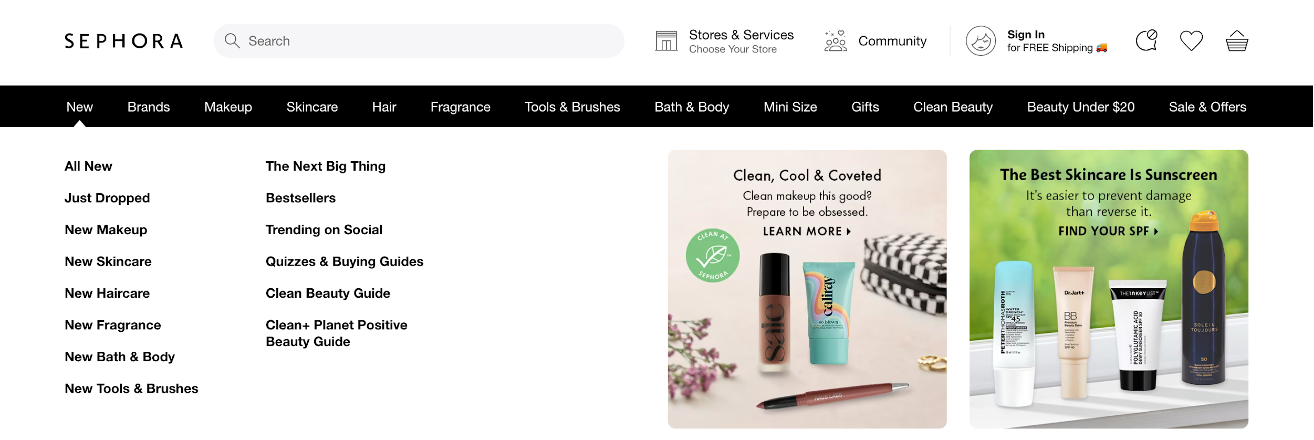
The easier it is for customers to find what they’re looking for on your ecommerce site, the more likely they are to make a purchase, driving up your sales and profits.
4. Personalize user experience
By offering customers a personalized shopping experience, you can significantly increase customer satisfaction and boost your profits.
Upselling and cross-selling are great personalization techniques to offer customers additional products or services that can complement or even enhance their original purchase.
Research shows that 68% of online shops’ income is a result of recommending related products with the language “visitors who viewed this product also viewed.” This clearly demonstrates how important product recommendations can be for an ecommerce business.
Lammle’s used an exit-intent popup on category pages to help shoppers choose by recommending the most popular products. This led to a 26.3% increase in revenue among these category page shoppers.
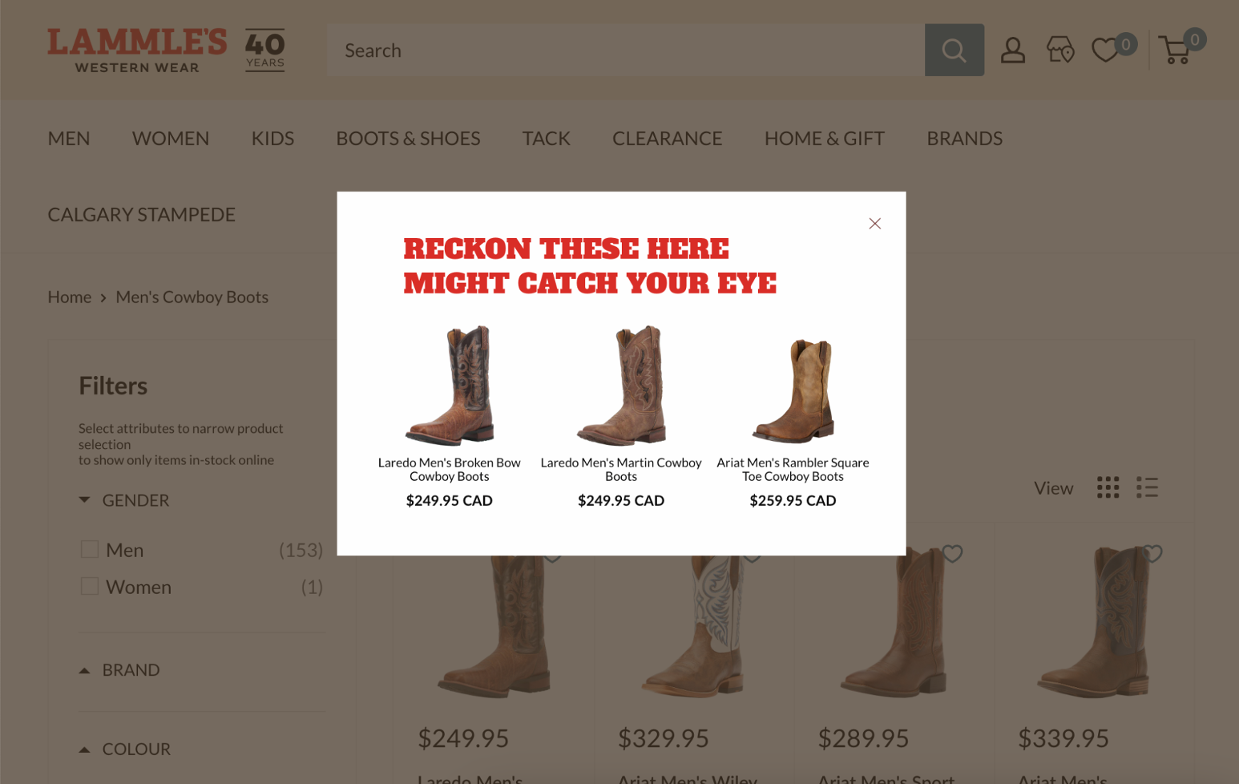
To make sure you’re displaying relevant products, you can also start by asking visitors what they’re interested in.
Once they make a choice, you can use that information to show them the most relevant product recommendations across your website, including on the product pages and cart pages.
This could help to improve the user experience and increase product recommendation conversion rates by 30-50%.
Today’s shoppers expect a personalized shopping experience, and using personalization strategically is an excellent way for store owners to differentiate themselves. With personalized experiences in place, you’ll be well on your way to achieving ecommerce success.
Recommended reading: The Ultimate Guide to Website Personalization
5. Cater to mobile users
Mobile ecommerce sales have been growing dramatically, and there’s no better time to take advantage of that growth.
To optimize your ecommerce store for mobile devices, start by ensuring you have:
- a responsive design,
- easy navigation, and
- large, clear calls-to-action.
By creating a great mobile experience, you’re expanding your reach.
6. Implement A/B testing
A/B testing is a powerful technique that can help you identify which version of a page (or a specific on-page element) works best.
It can unlock incredible potential for ecommerce optimization, providing invaluable insights into which on-page elements are most effective at converting visitors into buyers.
You can test different versions of headlines, images, and CTAs to see which ones bring in the most conversions.
To address low landing page conversion rates or underperforming popup campaigns, you can also conduct A/B tests on your offers to identify the most compelling ones for your target audience.
You can experiment with different discount types (like percentage or dollar-off discounts, mystery discounts, or free shipping) to determine their impact on conversions.
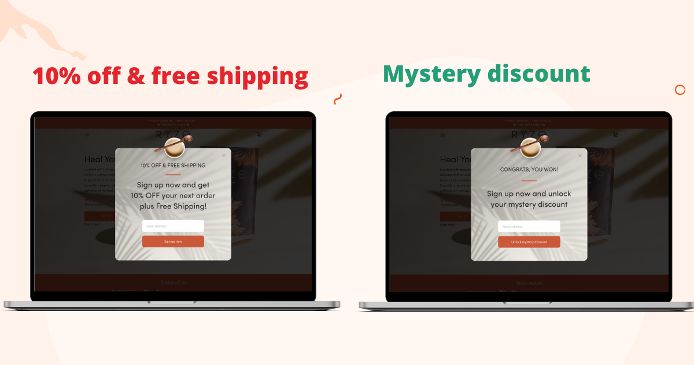
The value of A/B testing lies in its ability to ensure your efforts are as effective as possible. By constantly testing and refining your on-page elements, you can stay ahead of customer expectations and shopping habits, as well as keep up with the ever-changing search engine algorithms.
Ecommerce websites require a solid A/B testing strategy if they want to increase conversions.
Recommended reading: 9 Easy-to-Implement A/B Testing Ideas to Grow Your Revenue & Increase Landing Page Conversion Rates
7. Reduce cart abandonment
A whopping 66% of potential customers abandon their shopping carts before completing a purchase.
To reduce cart abandonment, streamline the checkout process by:
- offering clear, concise shipping information,
- providing a guest checkout option,
- ensuring a variety of payment methods are available,
- making the checkout process easy to navigate, and
- requesting all required information upfront.
Exit-intent technology is also an effective way of reducing abandonment by detecting when visitors are about to leave the page and popping up an offer to get their attention just in time.
You can offer free shipping or a percentage discount to entice hesitant shoppers to complete their purchases and become customers.
Start turning those abandoned carts into sales with these ready-to-use templates:
8. Discover hidden conversion killers
The best way to uncover hidden issues with your buyer’s journey is by gathering feedback from your target audience.
Ask for feedback from visitors who get to the checkout page but don’t convert and you’ll gain important insights into what’s working on your website and what’s not.
By applying their suggestions, you’ll be able to achieve ecommerce success.
9. Use a dynamic free shipping bar
Have you ever found yourself adding an extra item to your cart just to meet the free shipping threshold?
According to a survey, 9 out of 10 consumers consider free shipping as the most enticing incentive for online shopping.
By leveraging this knowledge, you can effectively increase your average order value and overall revenue.
For ecommerce stores that offer free or discounted shipping above certain thresholds, implementing a dynamic free shipping bar that updates in real-time, showcasing the exact additional value needed to qualify for free shipping, can make a big impact.

If you want to try this marketing strategy to optimize your ecommerce store, use these templates:
FAQ
What are the factors in ecommerce website optimization?
For successful ecommerce website optimization, you need to focus on specific factors like site speed, efficiency of navigation, mobile-friendliness, and overall user experience. By improving many different aspects of your website, you’ll be able to deliver an exceptional on-site experience which will lead to more sales, more profits, and happier customers.
How do I optimize my ecommerce store for search engines?
To optimize your online business for search engines, first, you need to conduct keyword research to identify relevant and high-demand keywords that align with your products. Incorporate these keywords naturally throughout your website’s content, including product descriptions, headings, and meta tags.
Ensure your website has clear, descriptive URLs, and optimize your site’s structure and navigation for easy crawling by search engine bots. Don’t forget to implement a solid internal linking strategy to enhance the discoverability of your pages.
How can I personalize the user experience on my ecommerce site?
Personalizing the user experience on your ecommerce site allows you to create a more meaningful, engaging shopping journey for your customers. Try to offer customized product recommendations based on customer browsing history, tailored content that resonates with individual users, and AI-driven features to better understand user preferences.
Wrapping up
Well, there you have it—an actionable guide to ecommerce website optimization. By focusing on the 9 conversion rate optimization tips shared in this article, you can maximize your profits and achieve ecommerce success.
Remember, the key to a thriving ecommerce business is a seamless, enjoyable customer experience. Now get out there and optimize your ecommerce store for success!
Migration has never been easier
We made switching a no-brainer with our free, white-glove onboarding service so you can get started in the blink of an eye.
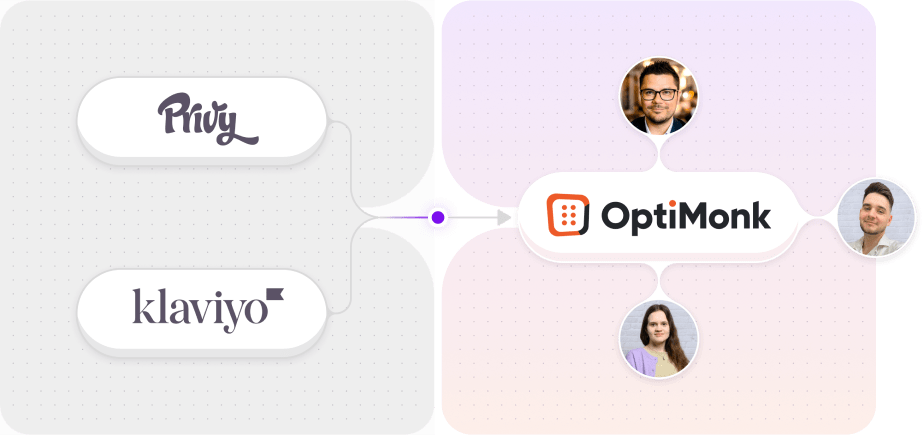
What should you do next?
Thanks for reading till the end. Here are 4 ways we can help you grow your business:
Boost conversions with proven use cases
Explore our Use Case Library, filled with actionable personalization examples and step-by-step guides to unlock your website's full potential. Check out Use Case Library
Create a free OptiMonk account
Create a free OptiMonk account and easily get started with popups and conversion rate optimization. Get OptiMonk free
Get advice from a CRO expert
Schedule a personalized discovery call with one of our experts to explore how OptiMonk can help you grow your business. Book a demo
Join our weekly newsletter
Real CRO insights & marketing tips. No fluff. Straight to your inbox. Subscribe now
Nikolett Lorincz
- Posted in
- Ecommerce
Partner with us
- © OptiMonk. All rights reserved!
- Terms of Use
- Privacy Policy
- Cookie Policy
Product updates: January Release 2025


